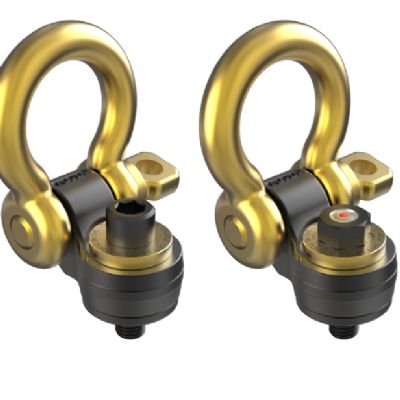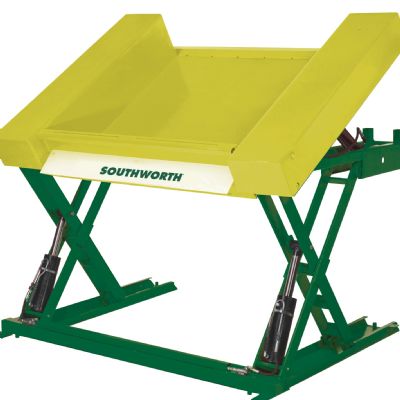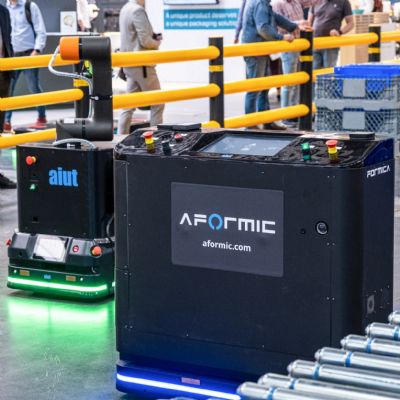Warning—Bridge Crane on the Move
May 1, 2012Comments
Tom Reardon, training manager specializing in hoists and overhead cranes for Columbus McKinnon Corp., Amherst, NY, recently posted a blog to the company’s website asking about the use of audible alarms to alert personnel that a bridge crane is travelling. Here’s the question that was posed:
I don’t see eye to eye with my distributor on a bridge-crane alarm issue. His claim is that when the bridge is traveling, the warning device must be an alarm that sounds continuously. He is referencing ANSI B30.2 (1967), claiming that it is incorporated by reference into law. I have found references to other standards regarding the requirement for a warning device. Where is the standard that permits a strobe? Where do you find the statement that makes ASME the controlling entity?
Reardon’s response:
To start out, let’s determine if the crane in question is top-running or under-hung. If any load-bearing member of a crane or monorail travels on an internal or external lower flange or equivalent, it does not fall within the purview of OSHA 1910.179. The Federal Occupational Safety and Health Administration has issued several interpretations stating as much.
ASME B30.11 states the requirement for a warning device but does not specify what type or how it should be used:
“On cab- and remote-operated cranes or carriers, an audible or visual warning means shall be provided.”
ASME B30.11 is a consensus standard. It does not have the power of law. It may be used by OSHA to support a General Duty Clause violation, (5)(a)(1) to “demonstrate that a hazard and abatement options are recognized by industry.”
OSHA 1910.179 applies only if both the crane bridge and trolley are top running. Paragraph 1910.179(b)(2) states, “All new overhead and gantry cranes constructed and installed on or after August 31, 1971, shall meet the design specifications of ANSI B30.2 (1967).”
OSHA became law on August 31, 1971, for overhead and gantry cranes. Your distributor is correct in that OSHA 1910.179 “incorporates by reference” in CFR 29 1910.6, the B30.2 –1967 standard. OSHA 1910.179 does address the requirement for a warning device. This requirement is vague at best.
“Except for floor-operated cranes, a gong or other effective warning signal shall be provided for each crane equipped with a power traveling mechanism.” Note: floor-operated cranes are defined as pendant operated.
While I do not have access to the 1967 version of ASME/ANSI B30.2 1967, it is highly unlikely the standards have become less restrictive or less protective since then. The current ASME B30.2 – 2005 states the following:








